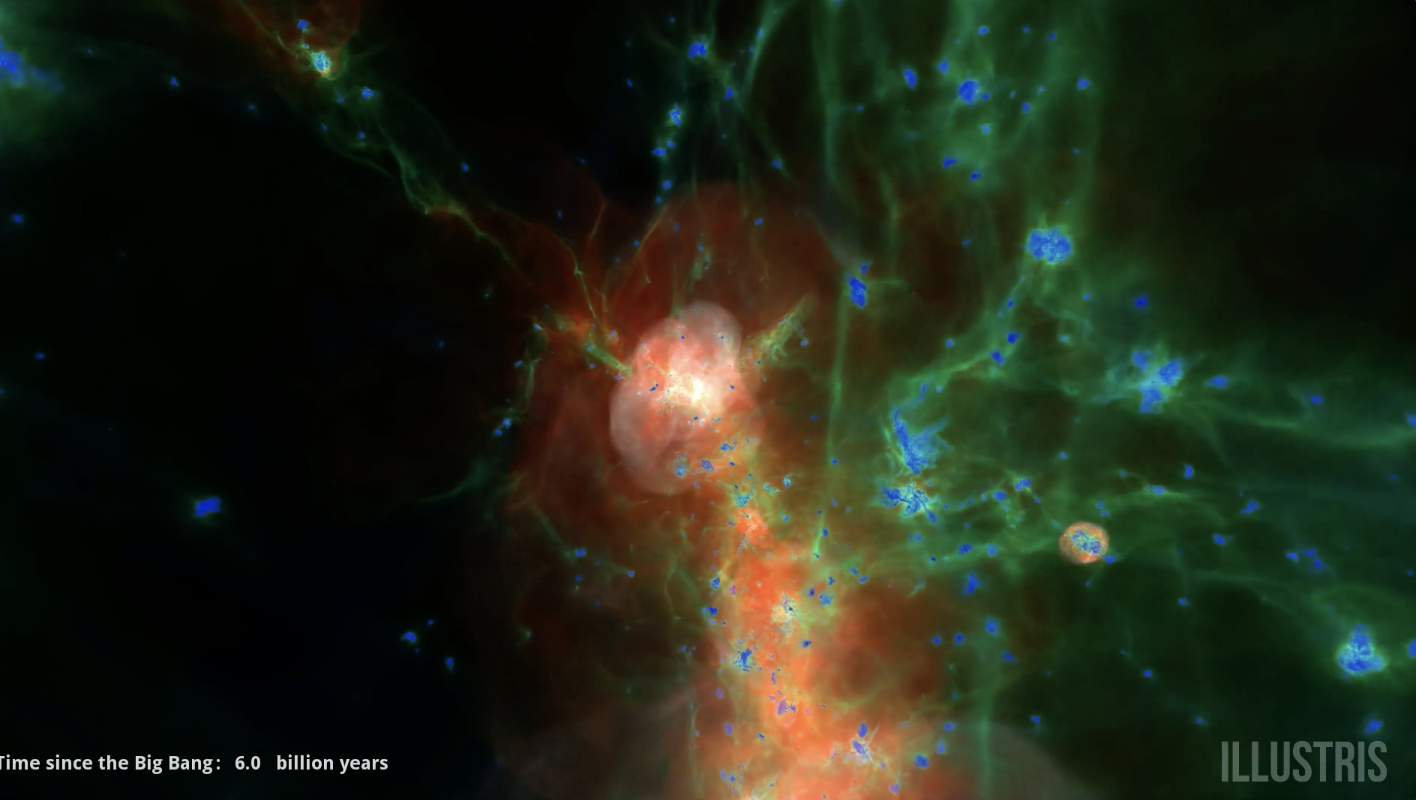– My name is Herman, and I come from Lillehammer in Norway.
Herman did a master’s degree in physics and Mathematics at the Norwegian University of Science and Technology (NTNU) in Trondheim.
Exotic stars
– For my master I modeled quark stars and hybrid stars, he begins.
The densest stellar objects we know of today are neutron stars that consist of neutrons. But neutrons in turn consist of elementary particles called quarks, and they are known to break free from neutrons if the density becomes extremely high.

– Thus, there could exist quark stars composed of free quarks that are even denser than neutron stars! Moreover, it is possible that the conventional neutron stars contain free quarks in their high-density core, in what is then referred to as a hybrid [neutron and quark] star, he adds.
– I studied how large and massive these stars could be, concludes Herman.
Since August 2022, Herman started a is a PhD fellow of the Cosmology and Extragalactic Astronomy research group at the Institute of Theoretical Astrophysics.
– It has also been refreshing to escape the bad weather in Trondheim and experience the vibrant and lively city of Oslo, he confesses.
The invisible ingredients of the Universe
Astronomical observations show that normal matter makes up only 5% of the Universe, while dark matter and dark energy account for 25% and 70%, respectively. The standard model of cosmology postulates that the Universe contains an “extra” form of matter called dark matter, whose presence explains the structure we observe in the distribution of galaxies in the universe over very large distances.
– Unlike normal matter, dark matter is invisible and does not collide, tells Herman.
The model also incorporates a kind of omnipresent, invisible ingredient called dark energy to explain the accelerating expansion of today’s Universe. Dark energy fills the entire Universe with a negative pressure force that amplifies the expansion.
– We understand very little about these two components today, so my work will be directed towards the EUCLID project, whose main objective is precisely to improve our understanding of dark matter and dark energy, says Herman thrilled.
– How will you accomplish that?
– I will take a theoretical and computational approach, where I simulate the evolution of the Universe with computers that emulate the laws of nature. There already exists a lot of open software for doing this, so my work will include both using existing software, and coding improvements and additions to it, he explains pleased.
Over very large distances, gravity clumps mass in the Universe into a structure referred to as the Cosmic Web. Credits: Illustris Simulation Project (external link).
Simulating nature in virtual environment
– What fascinates you about your research?
– Theoretical physics interests me for the simple reason that I find it very satisfying to understand, explain and model the world around us.
– Computers and programming fascinates me because it allows us to simulate nature in a virtual environment and investigate situations beyond our physical reach. Astrophysics and cosmology is a perfect place to combine these two disciplines!
It is also very exciting to be part of a highly collaborative research frontier with observational, theoretical and computational branches working together to advance our understanding of the Universe.
A fresh start in the capital
Herman wanted to continue working with physics and further develop both his theoretical knowledge and computational skills.
– What brought you to ITA and Oslo in general?
This position really caught my attention. With a reputable institute dedicated to astrophysics, the University of Oslo sounded like a great place to work.
– As a Norwegian, I also find moving to the capital to be a nice balance between the freshness of a new city and the comfort of staying in my home country.
– How can you describe your experience at ITA so far?
– The first weeks have been great! I’m very grateful to my colleagues for giving me such a warm welcome and for making it so easy to take part in their social circle.
– With limited prior experience in cosmology, I also really appreciate my supervisor and everyone else here being supportive and having realistic expectations.
– Any expectations?
– I expect to learn a lot of astrophysics, become an independent researcher and contribute to advancing the research frontier in my field and, ultimately, our understanding of the Universe.
– What do you like doing in your spare time?
Over the last few years, Herman got into bike touring. This summer, he went on his longest trip yet, biking 3400 km from the north to south along the Norwegian coast over 28 days.
– I slept in my tent for 25 nights and rested two nights in my apartment in Trondheim. Most of the time I was alone, but some days I met other tourers that I cycled with. One guy I even stayed fully synchronized with for six days before we parted ways!
– It was an unforgettable experience, and perhaps the craziest thing I’ve ever done – at least until I find my next route to cycle, concludes Herman.

